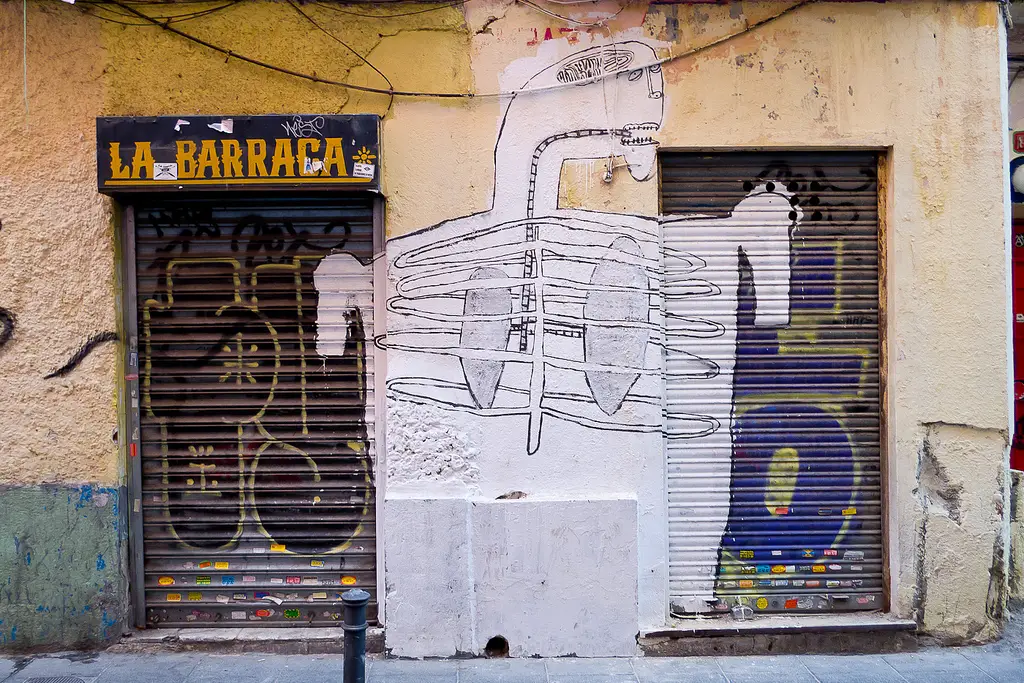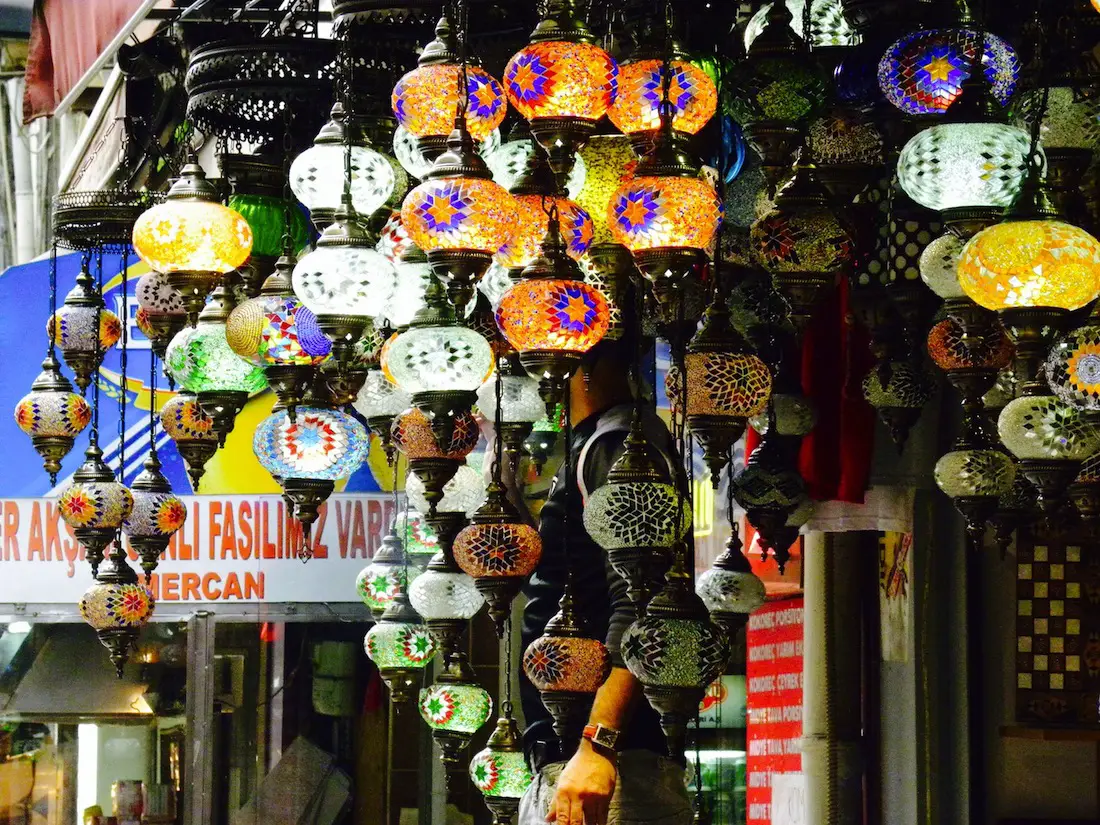Malls are Not Public Spaces: What #Rolezinhos Can Teach Us About Urban Design
In January, a Brazilian flashmob trend made international news. These rolezinhos saw young Brazilians, many of whom were black or from poorer areas, gather in shopping malls, causing debate on social media about the issues of race and class in Brazil. With the controversy quietening, now is a good time to look at one of the most important urban planning topics highlighted during the event: shopping malls as recreational spaces and their function in the city .
With shopping malls freely banning some people from entering, the ugly truth became impossible to ignore: malls are not public spaces. Despite seeming to be exactly this, these private enterprises can bar anyone without committing the crime of discrimination.
The problem from an urban point of view is that malls have become the main entertainment options in the Brazilian capitals. The proliferation of malls has happened alongside ongoing complaints over a lack of plazas and parks, and make no mistake, there are shopping malls for all budgets and tastes. And they are attractive destinations, especially for young people.
Enrique Peñalosa, former mayor of Bogota famous for his speeches that changed the Colombian capital, made the following comments on Twitter (translated here into English):
If the place to go for a walk and see people in a city is the mall, it is a sick city. In the best cities like Manhattan, Paris or Madrid, people go to public spaces. A city’s public space should compete with shopping malls on quality and security.
For Peñalosa, the culture of malls is an insipid one, a place where the cultural phenomenon of consumption comes together with poor quality public space, creating a closed space with no connection to its city. There is little difference between being in a mall in Sao Paulo or Dubai, except for the language being spoken. In Europe, however, the situation is a little different. Malls exist more for their utility, unable to compete with the attractiveness of nearby public space. Even shopping streets are more popular than malls in many European cities.
However, it is quite easy to understand why malls have become the preferred places for leisure and casual encounters within the reality of modern Brazil. The safety of streets combined with poor urban sanitation and lack of infrastructure push people towards to well-lit, air-conditioned environments that offer seating and food options. In any Brazilian capital it is difficult to sit at a restaurant outdoors without having to watch your surroundings at all times. Brazil has 14 cities on the list of the 50 most violent in the world and public safety is one of our greatest social bottlenecks. To make matters worse, the culture of closed condominiums is creating isolated residential islands, and busy public roads lead citizens straight form their home to their desired destination, all within their car.
Malls are fulfilling the social function of squares and parks, providing a ‘free’ destination that overcomes the weaknesses of public space in Brazil.
Integrating Malls into Cities
Despite this criticism, shopping centers can become more integrated into cities, offering their advantages without becoming isolated non-places. In Rio de Janeiro, the NorteShopping center in Del Castilho underwent expansion in 2006, creating a large patio area that directly connected the mall to the street. Since then it has become a convenient and accessible social meeting point.
In Downtown Barra da Tijuca, the local mall essentially replicates all the features of a good shopping street, with some covered areas for a cinema and restaurants. However, this pedestrian-friendly environment is not the area’s most popular mall. Downtown is a highly inaccessible dystopia, prioritizing cars above other road users, with this mall paying the price. Yet despite this failure the ethos is right: shopping malls with open areas can be better integrated into the city as a whole.
Cities Can Learn from Malls
Quick question: what do you look for when you go shopping? Long opening hours? Proximity to your home? Good street furniture? A safe and clean environment?
The truth is that malls can teach cities a lot. Neighborhood commercial centers could essentially function as major shopping malls, with shared opening hours, easy access through different modes and good street design. Of course, the nature of shopping streets makes this more difficult, and local government input would be required.
Public spaces have an opportunity to learn from private leisure areas and compete with them. When young people decide that the street is the best place to meet, we know we’re on track for creating a more human city.
Photo: Pixabay


